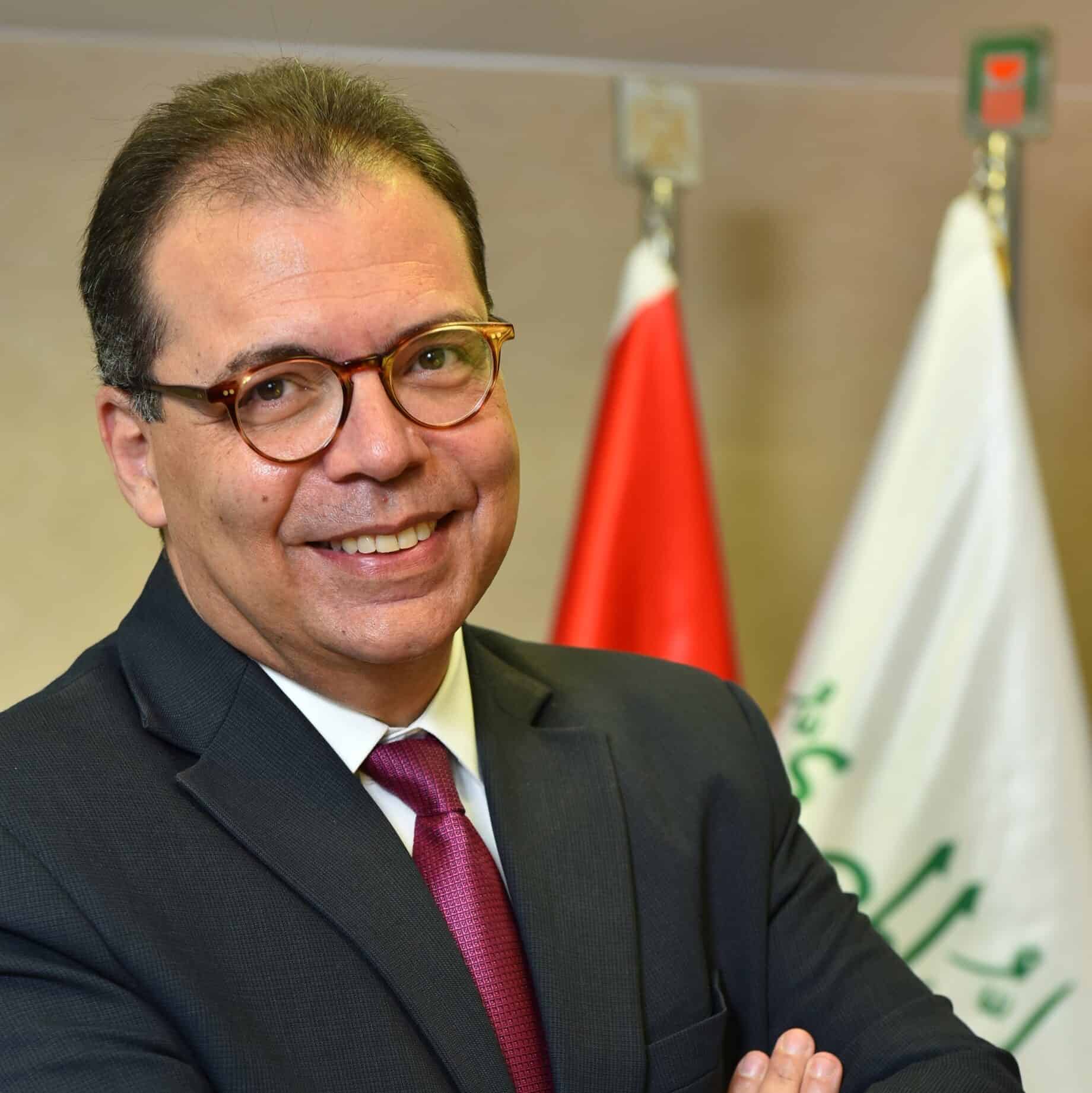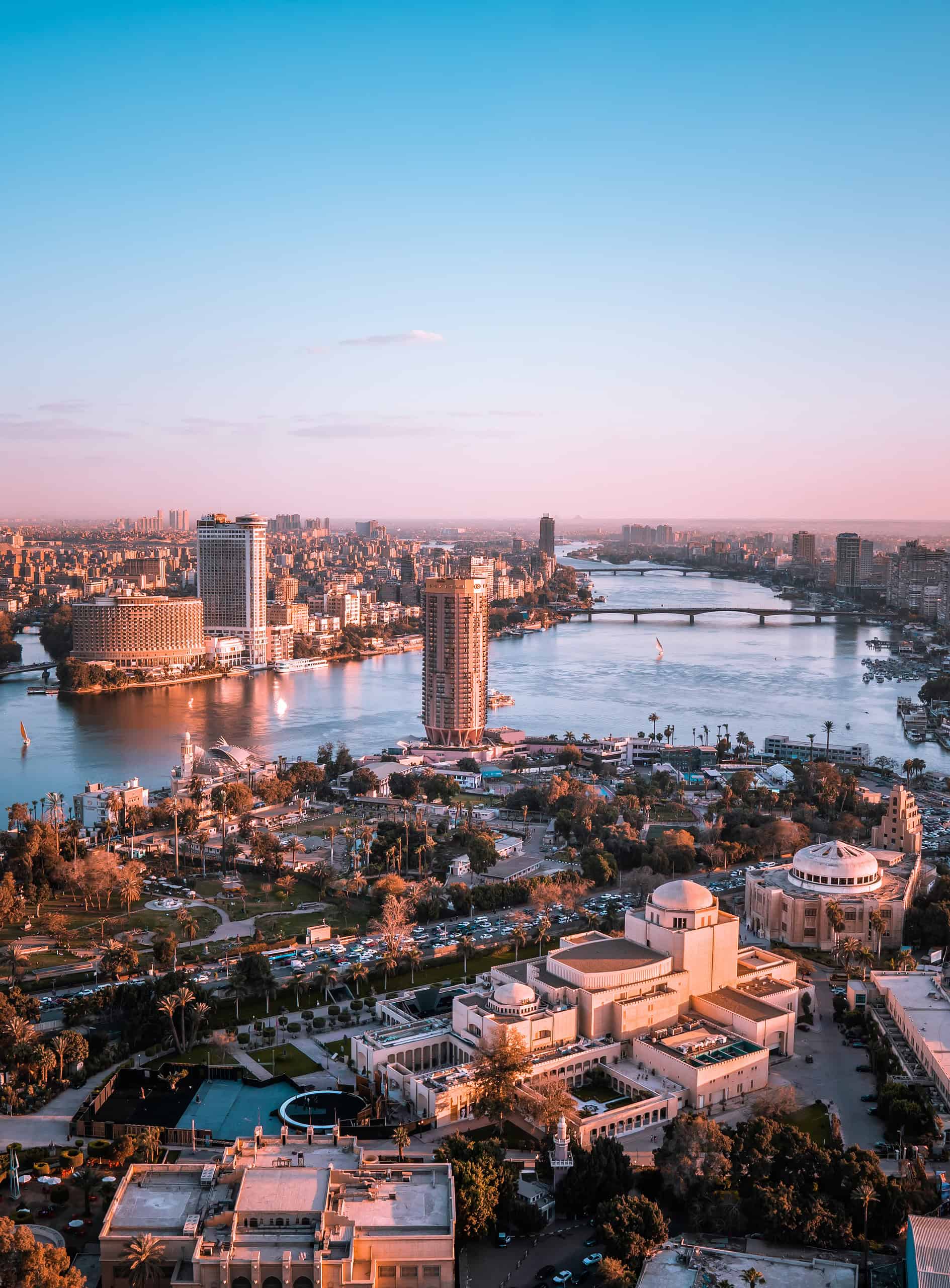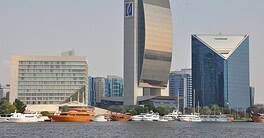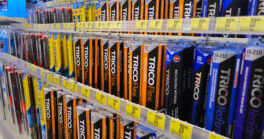One year after an eleventh-hour bailout, Egypt’s economy is brightening. Reforms are being implemented, inflation is declining, and FDI is up.
Egypt’s economic outlook is brightening, thanks in part to the commencement of long-delayed structural reforms, ambitious economic transformation plans, and an influx of foreign capital. Rebounding from the prolonged shockwaves of Covid-19 and the war in Ukraine, growth is forecast at 4% in 2025, up from 2.4% in 2024, according to Reuters.
Geopolitics has helped. With 110 million people, the Suez Canal, and the only Arab border with Gaza, Africa’s secondlargest economy was deemed “too big to fail,” helping it secure a last-minute bailout from international donors early last year.
The United Arab Emirates (UAE) led the way with a $35 billion investment, including $11 billion of existing deposits at the Central Bank of Egypt (CBE), in Ras el-Hekma, a tourism complex on the Mediterranean coast and the biggest foreign direct investment (FDI) on record in Egypt. The International Monetary Fund followed with $8 billion, the European Union with another $8 billion, and the World Bank with $6 billion, bringing total external support to more than $50 billion.
Since then, structural reforms have begun to consolidate the budget, reduce the public sector’s footprint, and attract further foreign investment. Most notably, in March of last year, the CBE floated the pound to stabilize the currency and shut down black market exchange.

“The investment climate is characterized by cautious optimism,” says Ahmed el Saied, CIO of the National Bank of Egypt (NBE), the nation’s largest lender. “Despite inflationary pressures, investor sentiment is improving due to clarity in policy direction and strengthened external financing. The economic environment is showing stabilizing external finances, improving foreign exchange reserves, and a gradual normalization of domestic demand.”
The float triggered an almost 40% depreciation of the pound. Inflation remained high at 28% in 2024, down from 33% in 2023, and is expected to drop below 20% this year.
“In the short term, yes, inflation is still high,” says Salem Massalha, a social entrepreneur who co-founded startups Bassita, VeryNile, and WhaleZ, all focused on environmental clean-up, “but in the mid-long term, it will have a positive impact. Now the black market has been taken down and investors can trust the value of the pound.”
Thanks largely to the Ras el-Hekma deal but also to a series of smaller transactions across multiple sectors, Egypt was the ninth largest recipient of FDI globally last year, according to UN data. This year, Cairo wants to attract another $42 billion.
Moderating inflation and lower interest rates are improving borrowing conditions, according to Hisham Ezz el Arab, CEO of Commercial International Bank (CIB), Egypt’s largest private bank.
“Economic growth is on track,” he says, “with stronger momentum expected in the 2025-2026 fiscal year as private investment, Gulf financing, and structural reforms take hold. Key sectors like fast-moving consumer goods, pharmaceuticals, tourism, and manufacturing are already expanding.”
The rebound has also kept some investors from exiting. In February, Electrolux, the Swedish home-appliance maker, reversed earlier plans to leave Egypt, citing stronger domestic demand and the country’s potential as an export hub to the Middle East and Africa.
In March, Moody’s confirmed Egypt’s Caa1 rating with positive outlook, citing “monetary policy credibility and effectiveness” that should “allow policy rates to decline, bringing further relief on the cost of debt while maintaining an environment favorable to steady foreign-currency inflows.” S&P Global and Fitch have revised Egypt’s outlook to stable from positive.
A large-scale privatization program is also moving forward. Late last year, Egyptian authorities sold 30% of United Bank in the country’s first IPO since 2021. The milestone listing is expected to pave the way for more.
“State-owned asset sales provide capital inflows and encourage private sector expansion,” observes NBE’s el-Saied.
Prime Minister Mostafa Madbouly has pledged to list at least 10 companies this year, including Wataniya Petroleum, Safi Waters, fuel station operator ChillOut Egypt, Silo Foods, the Gamal al-Zeit wind farms, and the Egyptian Group for Pharmaceutical Industries. It remains to be seen how many IPOs will be achieved by year’s end, however.
Foreign Investment Grows
Like its neighbors in the Gulf Cooperation Council, Egypt has ambitious plans to create growth opportunities across multiple sectors. Flagship projects include the $59 billion New Cairo urban development; at least a dozen other new cities; the $9 billion Suez Canal expansion; new rail lines; industrial investments in pharmaceuticals, agriculture, and automotive manufacturing; and renewable energy and climate adaptation initiatives.
Last year, Egypt ranked among the MENA region’s top M&A destinations. Activity rose 27% year-on-year in deal volume, domestic and crossborder, although total deal value fell 14%, largely due to currency depreciation, according to global law firm Baker McKenzie. Emirati investors led foreign acquisitions with 15 deals, followed by the US with 10 and Saudi Arabia with eight.
Much of the foreign capital entering Egypt comes from Gulf sovereign wealth funds. The UAE leads the way with multiple grabs in logistics, tourism, real estate, and banking. In March, Emirates NBD, Dubai’s largest lender, secured regulatory approval to acquire a stake in Banque du Caire, Egypt’s sixth-largest bank. Dubai billionaire Mohamed Alabbar, founder of Emaar Properties, also leads controversial plans to redevelop parts of central Cairo.
Other Gulf states want in as well. In April, the Egyptian presidency announced $7.5 billion of investments from Qatar, including a $4 billion Mediterranean tourism project. Saudi Arabia pledged $15 billion while Kuwait said it could invest up to $6.5 billion in largescale projects.
Egypt is also attracting capital at smaller scale.
According to the latest venture report by Magnitt, a venture capital and private equity data platform, Egypt led Africa in startup activity last year. Despite a funding slowdown, Egyptian startups raised $329 million across 78 rounds, with a fintech, MNT-Halan, securing $157.5 million, the largest round in both Africa and MENA. This year, the country again expects to be a regional magnet for startup investment. In May, Nawy, a “proptech” startup applying technology to aspects of the real estate industry, closed a $75 million round while seven other startups raised a combined $50 million.
“Something fantastic about opening a company in Egypt is the feeling that it is possible to do new things,” says Massalha. “There are still some barriers, of course, like heavy bureaucracy and understanding how the Egyptian system works. But it is a country that has a lot to give. For now, there is not enough capital available and most of what we see is seed funding. There is also a need for more capital and more impact investment.
Banks should play a bigger role, but this is starting to evolve. If banks don’t renew themselves, new players will take over, especially in micro-finance and fintech.”
Egyptian banks rank among the largest and most dynamic in the region, driving domestic economic transformation and regional trade. Although the sector needs a digital push to compete with the Gulf states, most Egyptian lenders have already started leveraging new technologies to expand into nonbanking financial services.
They are also positioning themselves as regional leaders in sustainability and green finance. In 2021, CIB became the nation’s first bank to issue a green bond: a $100 million offering in partnership with International Finance Corporation.
Uncertainties
Egypt’s rebound is real but far from complete. The country still depends on lifelines from friendly Gulf monarchies and international institutions to keep its economy afloat. Government revenues are also highly dependent on three sources of rent: remittances from Egyptians working abroad, tourism, and Suez Canal revenues. Once a $10.3 billion cash machine, the canal saw income plunge 60% last year to $4 billion as tensions in the Red Sea and Houthi attacks from Yemen forced shipping onto longer, costlier routes.
Inflation is easing, but remains a threat; government debt hovers near 90% of GDP, and servicing it swallows more than half of public spending. Mega-projects that have not yet delivered returns absorb vast sums while a third of Egyptians live below the poverty line and 800,000 new jobseekers enter the market each year.
“Inflationary pressures could resurface, geopolitical tensions in the region are ongoing, and sustaining reform momentum is critical,” CIB’s Ezz el Arab notes. “However, the medium-term setup is compelling: If Egypt stays the course, we expect growth to accelerate, investment flows to deepen, and valuations to re-rate.”




